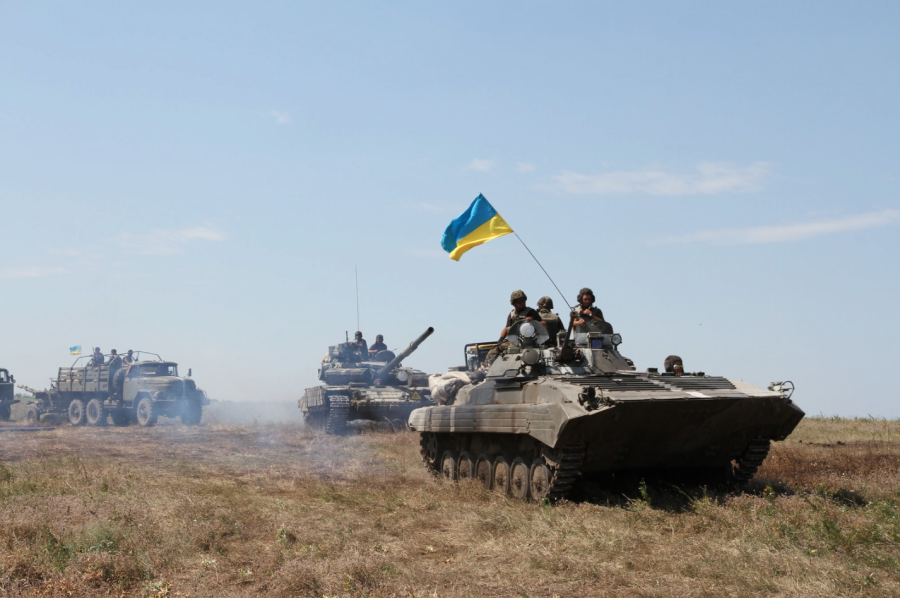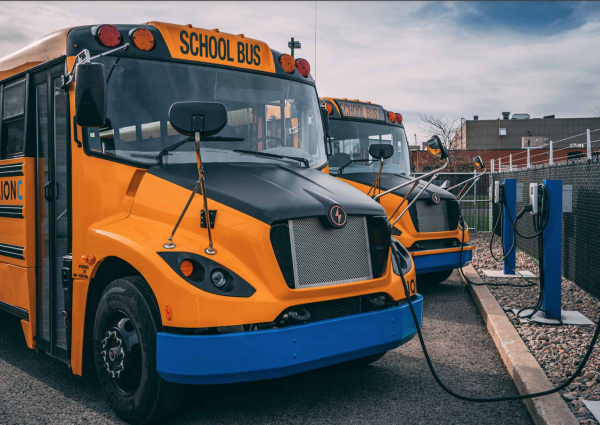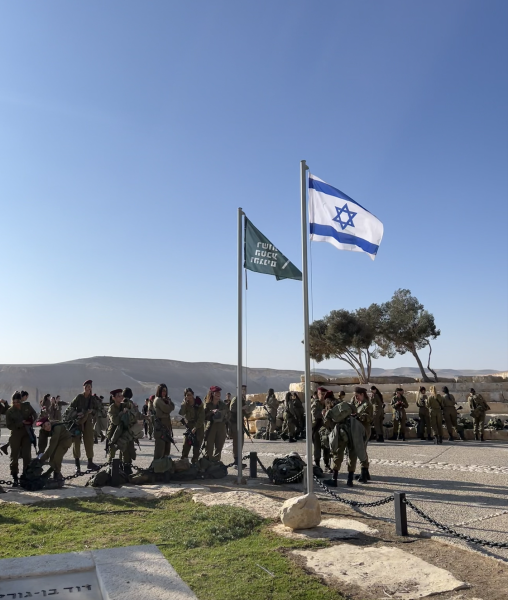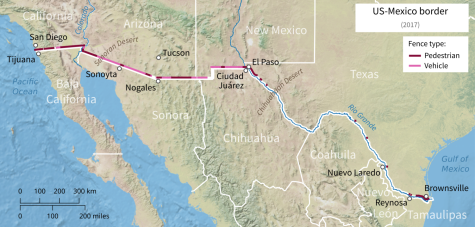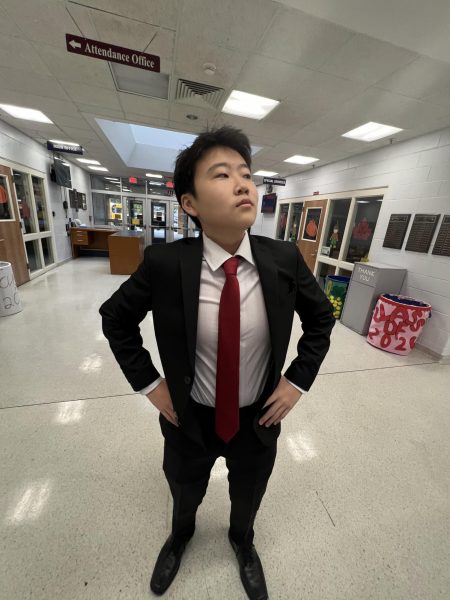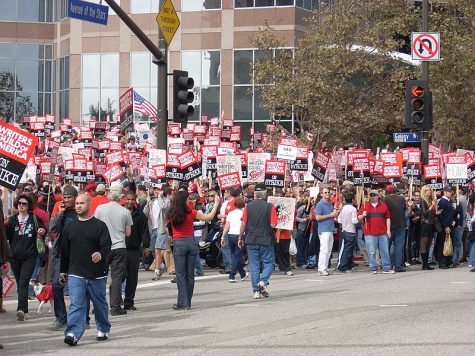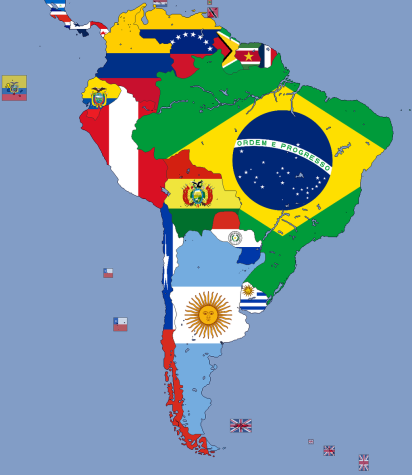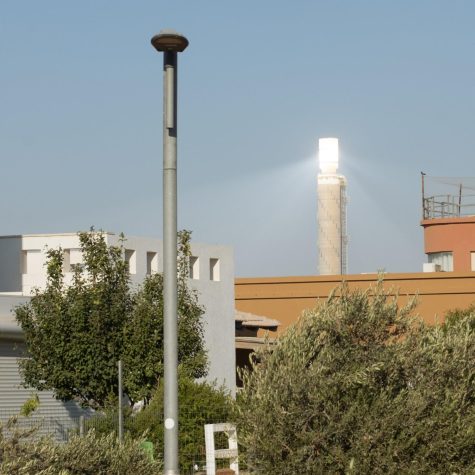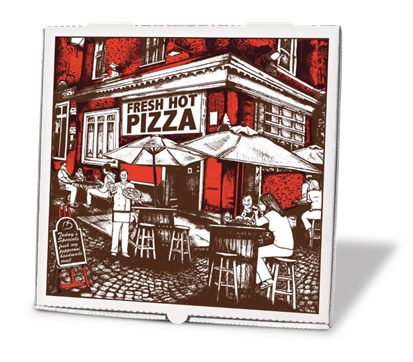The war in Ukraine is the deadliest in Europe since the end of World War II
Under astounding circumstances and pressure, Zelensky reached out to the West for assistance, and started a conversation about possibly joining NATO.
https://www.flickr.com/photos/ministryofdefenceua/26502080194
Military presence has also increased in Europe, and the US has been sending additional funds to Ukraine. Still, we are waiting for a true diplomatic solution to arise.
The threat of an impending war between Russia and Ukraine has left the world on edge. Tensions have risen, as Russia gathers about 130,000 troops along their shared border with Ukraine. With the reports of military and medical supplies being transported to the border, it’s obvious that Russia is prepared for war.
Negotiations between Russia and the United States have yielded no desirable results for either country.
The U.S is not complying with Russia’s demands. They’ve mostly targeted NATO (North Atlantic Treaty Organization), with requests of termination for eastward expansion and a possible membership with Ukraine, as well as removing any member that joined after 1997. All demands were denied by both the US and NATO, as they would be detrimental to Europe’s security and geopolitical interests.
The crisis itself stems from the Soviet Union’s disbandment. Ukraine had the third-largest atomic arsenal in the world after the break up, and with the help of the U.S, Russia successfully de-nuclearized the country. However, Ukraine’s compliance with the action was part of an exchange for protection against a possible attack from Russia.
It was all for naught, because Russia invaded Ukraine in 2014. The conflict killed more than 14,000 people in eastern Ukraine. Russia was provoked by protests against Ukraine’s pro-Russian President Viktor Yanukovych. The initial agreement’s violation garnered little attention from the U.S and other countries; many reflect on how action should’ve been taken during this time.
Russian President Vladimir Putin is a crucial player in the problem, as he has eyed up Ukraine as part of a plan to regain the former Soviet empire. He stated that Russians and Ukrainians “were one people—a single whole,” and this dangerous ideology erases the individuality Ukraine has built over the years.
But why attempt an invasion now?
Volodymyr Zelensky, the current president of Ukraine, made a statement regarding the issue in eastern Ukraine, expressing his hope to resolve the issue by directly dealing with Putin. Russia believed that this would be a gateway into combining the two countries, thinking that Zelensky would be helpful for implementing the Minsk policies that would bring back pro-Russian forces. This would open up an opportunity for Russia to regain control and establish significant influence.
Under astounding circumstances and pressure, Zelensky reached out to the West for assistance, and started a conversation about possibly joining NATO.
However, this is improbable for the near future. Article 5 in the NATO treaty states that any attack on a NATO country is an attack on the whole alliance. If it were a NATO member, this would bring Ukraine and all other NATO members into conflict with Moscow. Even though Ukraine isn’t a part of the alliance, the nation still receives a large amount of military funding from the US.
What else is the U.S doing to help Ukraine? President Biden has discussed placing sanctions on Russia if an invasion is to take place. An executive order has also been signed, which will block any trade or investment by the US in Ukraine’s sepratist regions. Military presence has also increased in Europe, and the US has been sending additional funds to Ukraine. Still, we are waiting for a true diplomatic solution to arise.
Just this past President’s Day, two Ukrainian soldiers were killed, with several others injured by shelling induced by Russian separatists in eastern Ukraine. Ukrainian defense forces noted that the attacks involved 64 weapons out of 84, which violated the initial Minsk Peace Agreement. In the past week, civilian areas in Donetsk and Luhansk have been under fire. Reports state that at least one citizen was killed and a few others suffered concussions as well as other injuries. Various homes, schools, educational institutions, and facilities were left damaged or destroyed as a result of the conflict. Citizens in a separatist controlled Donetsk reported shelling as early as Sunday, just before Putin’s statement that the area would be considered a republic of Russia.
In response to Russia’s actions in Eastern Ukraine, Germany’s chancellor issued an announcement that it would halt the certification of Nord Stream 2 gas pipeline, a 750 mile gas pipeline connecting Germany and Russia. To many European’s dismay, gas prices have already begun to rise, with each barrel costing about $99.
It’s clear that whatever happens in the future is highly-dependent on Putin and his course of action towards Ukraine.

